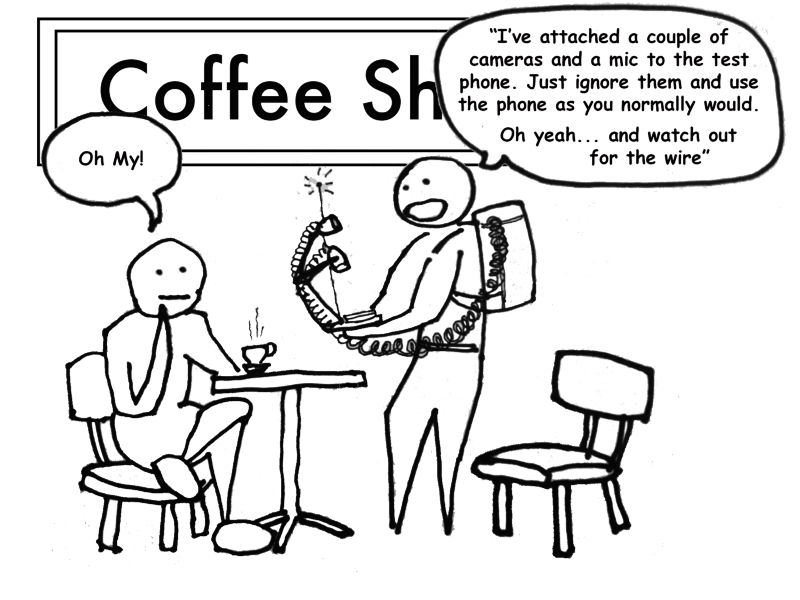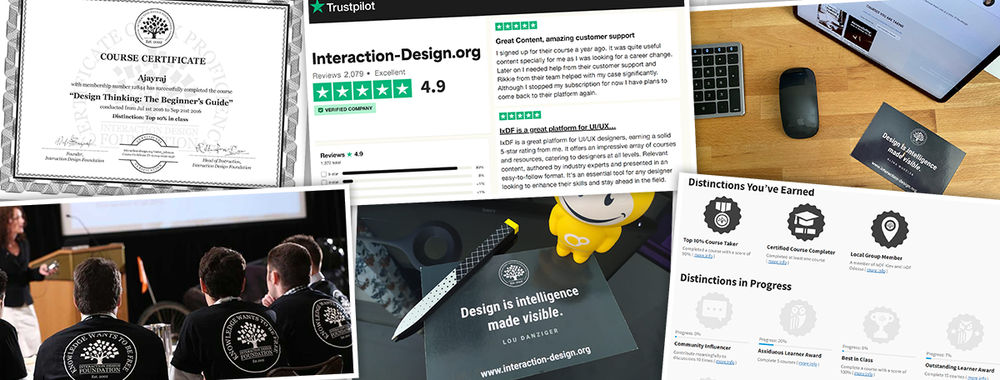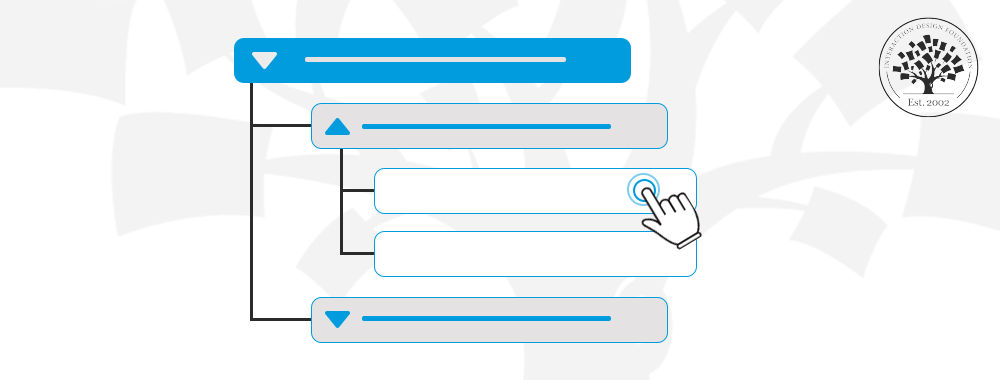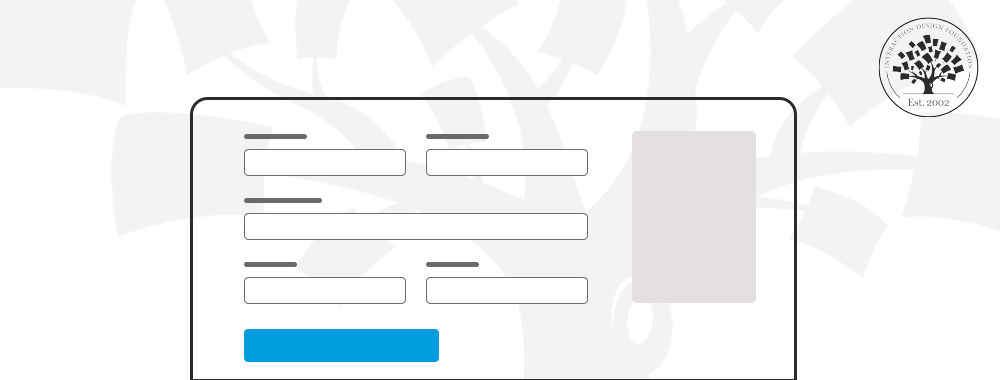If there’s a more fun way to conduct user research than guerrilla research; we’ve not found it yet. Nothing beats getting out into the “wild” and talking to users and finding out what makes the tick. The informality of this style of research also appeals to the rebel in us – no big expensive user testing labs but rather coffee shops and office complexes.

However, as with all research methodologies there are good reasons to go guerrilla and some pretty compelling reasons not to go guerrilla too. Let’s take a good look at those reasons now:
The Advantages of Guerrilla Research
- Guerrilla research is cheap – we’re not saying that every project has a sub-minimal budget for UX but a lot still do. You can get a lot of bang for your buck by using guerrilla research techniques, particularly when you compare the costs of a lab for UX research.
- Guerrilla research takes little effort – if you have an immediate question and are in walking distance of a single user; you can have an immediate answer.
- Guerrilla research is very informative – talking to real users tells us a heck of a lot more than theorizing about their answers without them does.
- Guerrilla research can be squeezed into nearly every timetable or deadline – the lack of cost, effort and time required to conduct guerrilla research means that if you need an answer at any time in a project’s timeline; you can go and get it.
- Guerrilla research can be used to effectively test with large groups – assuming that you can find the users, you can get comprehensive and detailed information from them using guerrilla tests. It’s great for knocking the heck out of a new prototype.
The Disadvantages of Guerrilla Research

- Guerrilla research is risky – the informal, ad-hoc, on-the-fly nature of this kind of UX research makes it riskier than formal lab tests. You may miss the right questions or fail to pick up on responses in informal environments.
- Guerrilla research can be shallow too – quick tests can give meaningless results. You still have to think about the questions you need to answer before you start to rely on guerrilla generated results.
- Guerrilla research can be unreliable – small samples of users all drawn in the same place? That can lead to bias and over-dependency on a single type of user’s input.
- Guerrilla research poses recruitment problems – see above; if your users are drawn from a single place and time – they may not represent the whole user base very well. It can be very difficult to find some kinds of user “in the wild” particularly if your user personas aren’t detailed enough to help you find them.
Summary
Guerrilla research rocks. Without it, many smaller design agencies and product development teams could never, ever compete with the big boys. There are lots of really good reasons to deploy guerrilla research on your UX project. It’s just a good idea to keep an eye on some of the reasons that you shouldn’t use it too.
Header Image: Author/Copyright holder: UX Booth.Copyright terms and licence: All rights reserved. Img












